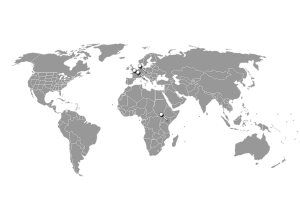
Rome, Italy
The Italian government rescued over 1,500 migrants in approximately 24 hours as they attempted to enter Italy via five boats in the Mediterranean Sea. The mission took four coastguard vessels and an Italian navy ship to rescue those stranded not far off the coast of Libya. Of the 170,000 that crossed the Mediterranean last year attempting to reach Italy, more than 3,000 perished, and the majority of them departed from Libya. Arrivals have also gone up this year because of the chaotic situation in the North African nation as well as turmoil in the Middle East.
Garissa, Kenya
A militant group known as al-Shabab took to the campus of Garissa University with guns and massacred 148 students, the majority of them being Christians. Five people are currently in custody in connection to the shooting. Many are now criticizing the university and the country in general for not taking the threat of such a tragedy seriously; several of these critics see these events as a repeat of the 2013 Westgate shopping center attacks. Only two security guards were present on the grounds at the time the gunmen entered. The group al-Shabab originates from Somalia and claims it is at war with Kenya.
Prague, Czech Republic
Czech President Milos Zeman has barred the United States ambassador to the Czech Republic from visiting his home in Prague Castle. Ambassador Andrew Schapiro recently made comments about the President’s upcoming visit to World War II commemorations in Moscow that strongly suggest disapproval. European Union leaders are boycotting the events in Russia while the Czech government remains more sympathetic. While the position of President in the Czech Republic is highly ceremonial, Zeman remains outspoken concerning his views on international politics and tends to deviate from the rest of the E.U. in terms of the Ukraine and sanctions against Moscow.
Meyrin, Switzerland
The Large Hadron Collider, the particle accelerator as well as pride and joy of the European Organization for Nuclear Research, has started again after a two year hiatus for rebuilding. While testing will not commence for another month, CERN reports that the device will double the energy produced from the first run. The experiments done in Switzerland seek to study physical properties of the universe by injecting protons into the particle accelerator, crashing them together, and studying the fallout. The last run produced the discovery of the Higgs boson, an elementary particle in the Standard Model of particle physics.



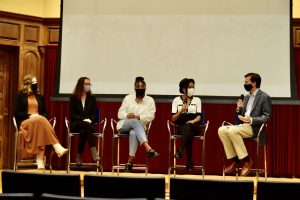
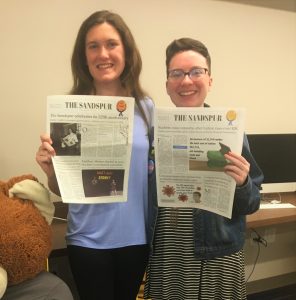
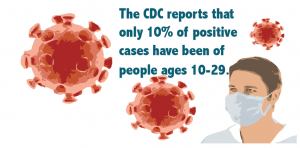
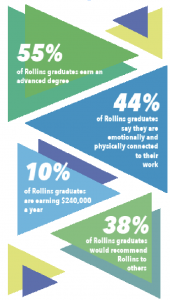


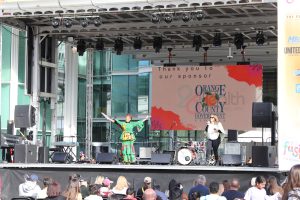


Be First to Comment